
Over the last year, I’ve become more interested in the Maker Movement and programs that focus on STEM education — science, technology, engineering and math. Like many people, I believe the U.S. education system needs to do more to get kids interested in math and science, as technology sits at the heart of new job creation and is impacting our lives in ways none of us could have imagined 50 years ago.
I shared my thoughts in a TIME column last May about the Maker Faire, a very interesting program that has sought to bring technology closer to kids. The Maker Movement is quite exciting, and dedicated Maker Faires are popping up in many places around the world that emphasize how people can create all types of things from scratch and learn a great deal in the process. The movement has its roots in tech hobbyists circles, where people were using things like Raspberry Pi motherboards to create various tech gadgets. However, Maker Faires now include things like knitting, bee keeping, organic gardening and just about anything that involves making things.
At the beginning of the new school year last fall, I visited a unique STEM program that the San Francisco 49ers, with help from Chevron, created in their new stadium in Santa Clara, California. In a piece I wrote for TIME on the project, I shared how the 49ers were bringing 60 students to the stadium each school day to run them through three distinct activities related to STEM.
Here’s a short excerpt from that article that explains this program:
Each day during the school year, 60 kids from one of the various schools in the Bay Area are brought to Levi’s Stadium in one of the 49ers’ official team buses. They are then broken up into three different groups of 20 each to rotate through three distinct activities.
The first activity features a full tour of the stadium, focusing on the engineering involved with creating a stadium. It shows off the green aspects of the stadium, including a visit to the garden on the roof as well as a look at the solar panels and how they’re used to create energy. The tour also demonstrates how clean technology is used to irrigate the field in order to care for the grass and turf.
The second activity takes place in the new 49ers Museum and includes lessons using various games and interactive screens. Students learn how engineering and math are used to create 49ers football equipment, and how physics is applied to things like passing, kicking and running. The day I was there, they also included a section on careers in math and science. The third activity takes place in an actual high-tech classroom that’s built into the new 49ers Museum. This classroom has multiple screens as well as half a dozen touch-based video worktables created by Cortina Productions. They serve as interactive teaching tools that the students can use to do various projects. For example, one class might teach how a helmet is engineered. Another might be on the physics of throwing a ball, explaining how a physical object like a football deals with airflow, throwing mechanics and force, and how each impacts the direction and length of a throw.
The class on applied mathematics explains angular attack and game geometry as well as teaching about statistics, using the Super Bowl and its various Roman-numeral numbering schemes as part of the lesson plan.
I find the use of sports metaphors to explain physics, math and science a fascinating way to bring these subjects alive for kids. Since then, I’ve looked for other examples of how sports can be used to get kids interested in STEM. The folks from Chevron shared another sports example with me a few weeks ago.
At the recent AT&T Pebble Beach National Pro-Am golf tournament, Chevron put up a huge tent in their area dedicated to STEM education. Inside, it had special areas where kids could learn about various aspects of golf, including the math and science that goes into a golf swing, the physics involved with hitting the ball and how air flow impacts its speed and direction, as well as lessons on agronomy, or the science used to create a golf course.
Hundreds of kids from the Monterey Peninsula were brought to the golf tournament to go through the “STEM Zone,” as Chevron called it, to do hands-on experiments and learn first hand how math, science and technology impact the sport. They also got to participate in some fun video projects. All of the kids I talked to at the event were having a great time learning about science in this most interesting way.
I had chance to speak with Blair Blackwell, Chevron’s manager of education and corporate programs, and asked her why the company was so interested in STEM education. She told me: “Chevron is an engineering company at heart, and needs well-qualified people in the workforce to hire as part of their team today and in the future.”
Chevron’s backing of various STEM programs around the world comes from over 100 years of early workforce development commitment. As one of the biggest companies in the world, Chevron needs to have an educated talent pool to draw from at all times. Chevron will spend $30 million in STEM-related programs in 2015 and has another $130 committed to STEM and other educational projects over the next three years.
The more I look into various STEM-related projects, the more I see major companies that need tech workers putting a lot of money and effort behind them. Many companies, like Intel and Boeing, for example, are doing the same as Chevron and backing STEM education in a big way. Many other tech companies are putting money and effort around the Maker movement too. Here in Silicon Valley, you need a serious education in math, science and engineering to get hired for key jobs at any of the Bay Area tech companies. And as more companies integrate technology into their work flow, the need for STEM-trained workers will multiply. That’s why it’s so important that Chevron and hundreds of other companies today work harder to get STEM programs in schools — and bring these programs to inner city areas where they can reach kids at all socioeconomic levels.
I’m impressed by Chevron’s financial commitments to STEM education as well as the amount of talent, effort and passion it puts into these specialized programs. I hope its efforts serve as a benchmark for other companies who help make STEM education central in schools all over the world.
Tim Bajarin is recognized as one of the leading industry consultants, analysts and futurists, covering the field of personal computers and consumer technology. Mr. Bajarin is the President of Creative Strategies, Inc and has been with the company since 1981 where he has served as a consultant providing analysis to most of the leading hardware and software vendors in the industry.
See The Incredibly Goofy Evolution of Virtual Reality Headsets
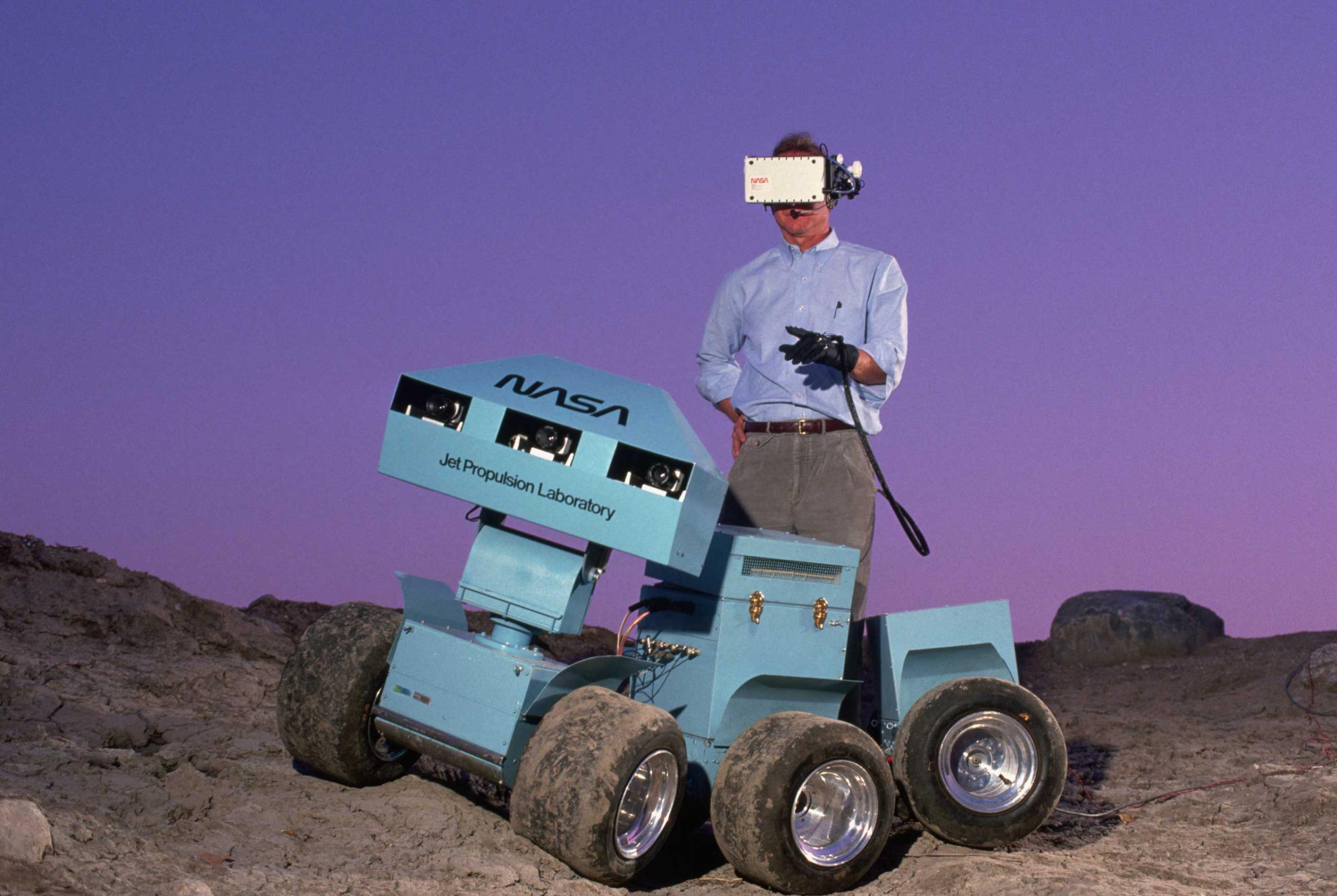
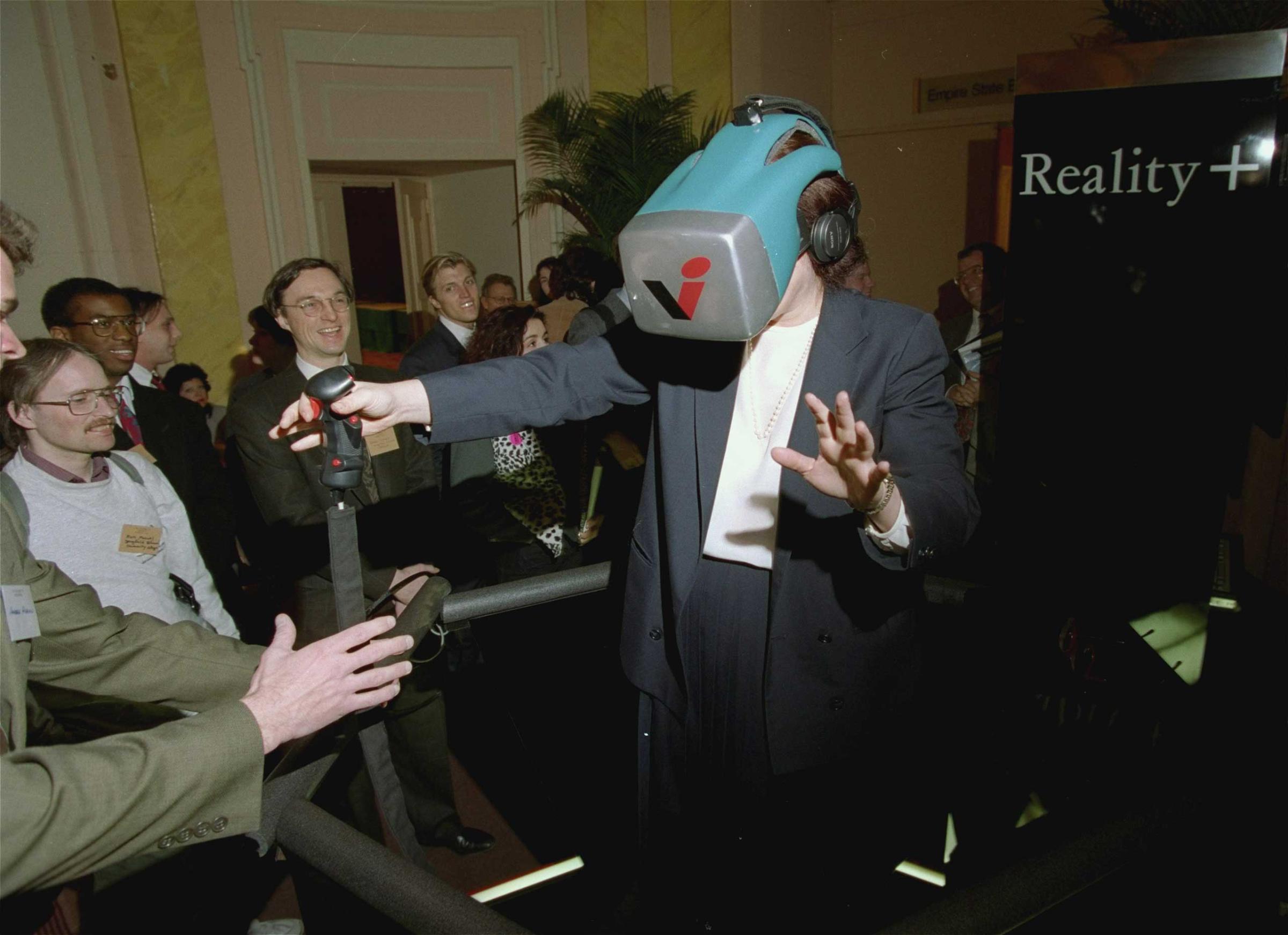
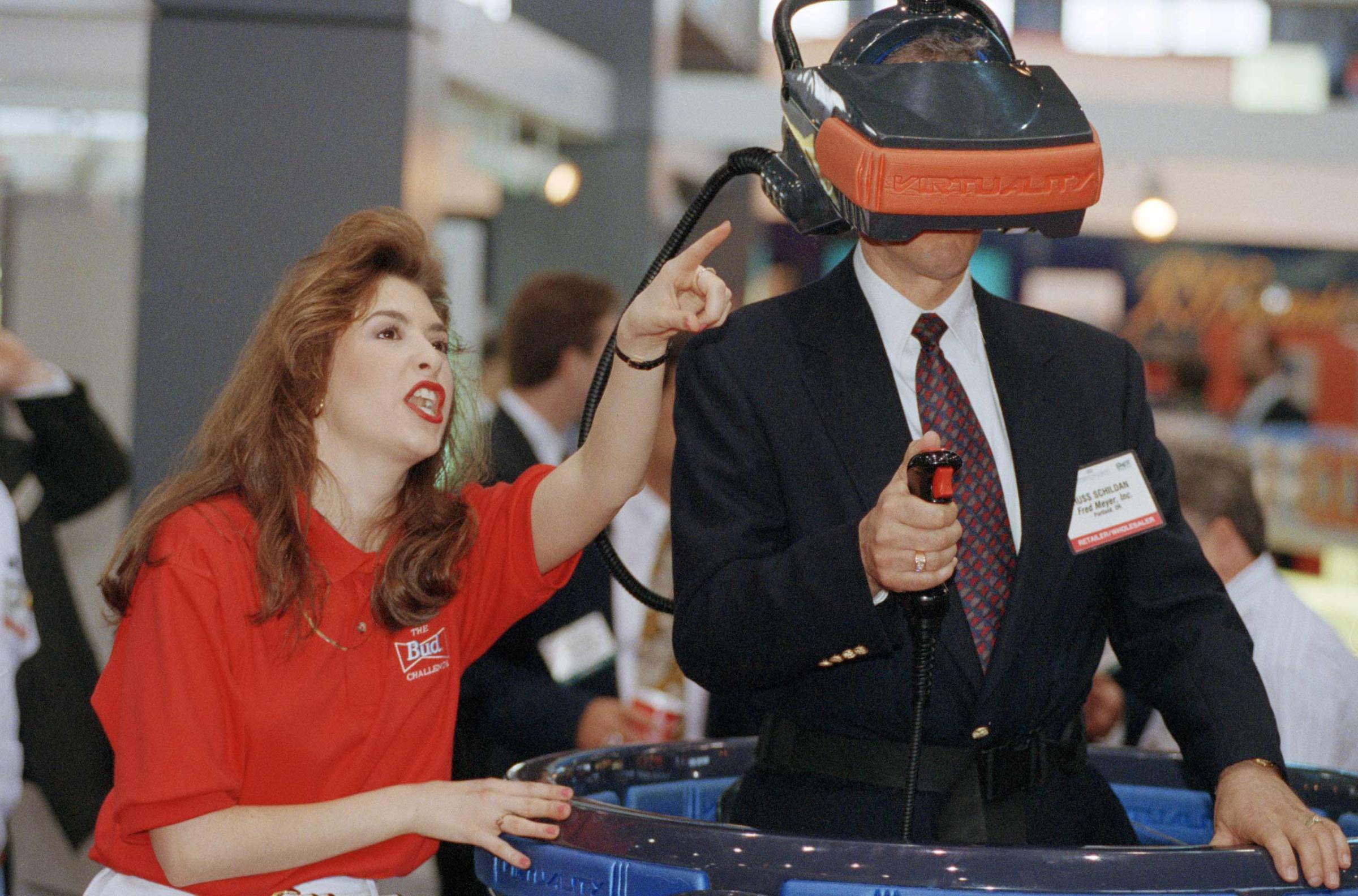

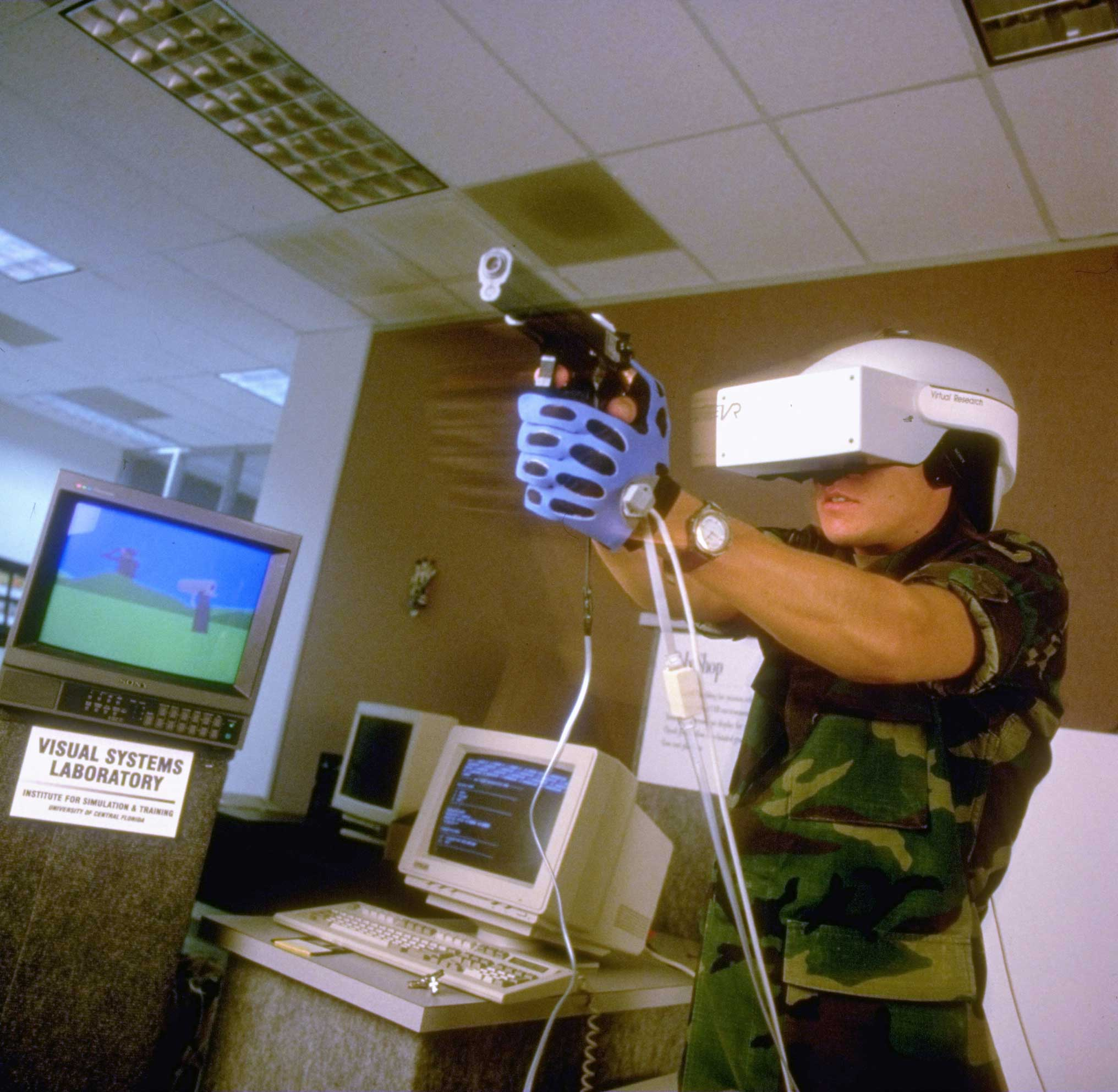
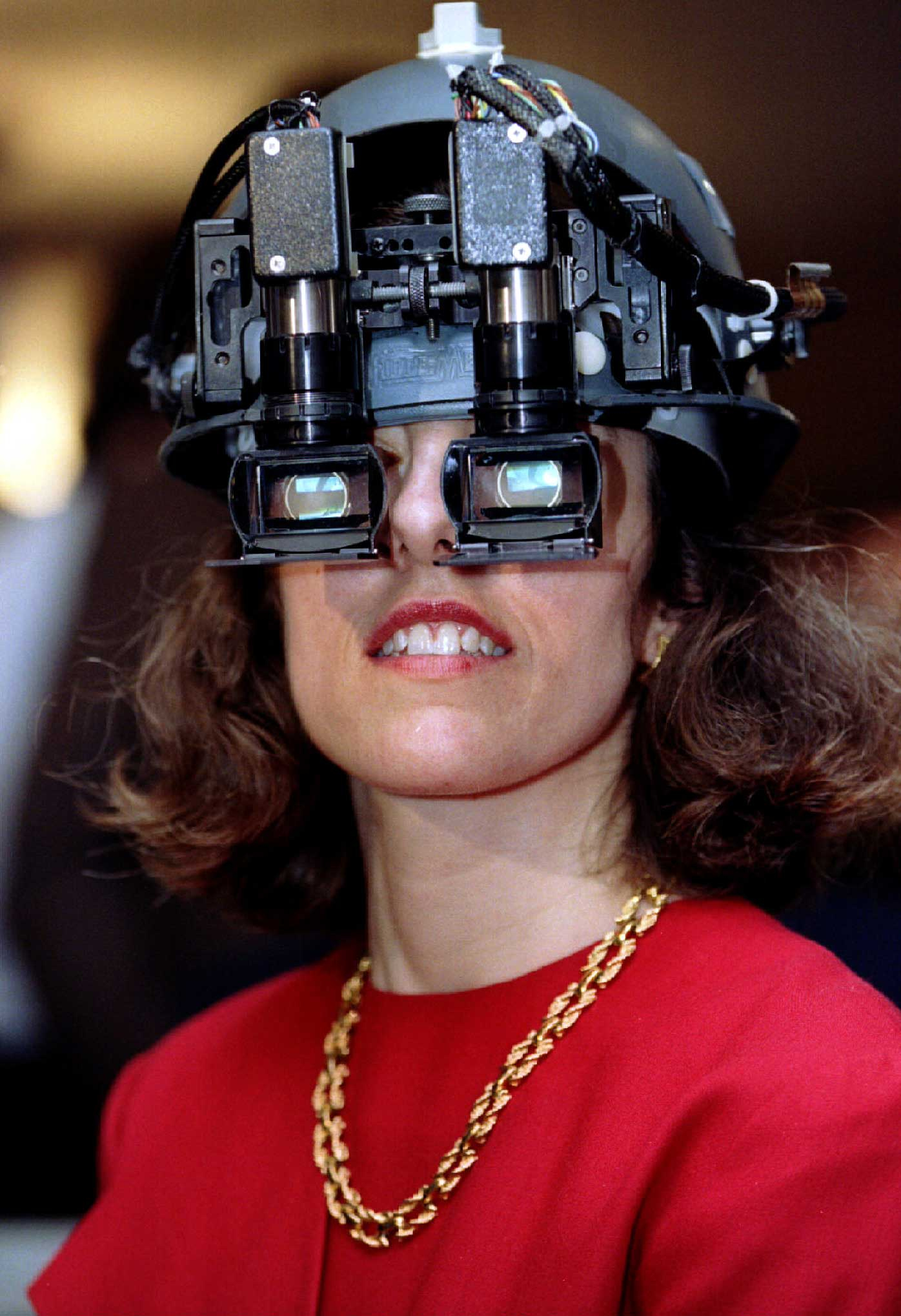
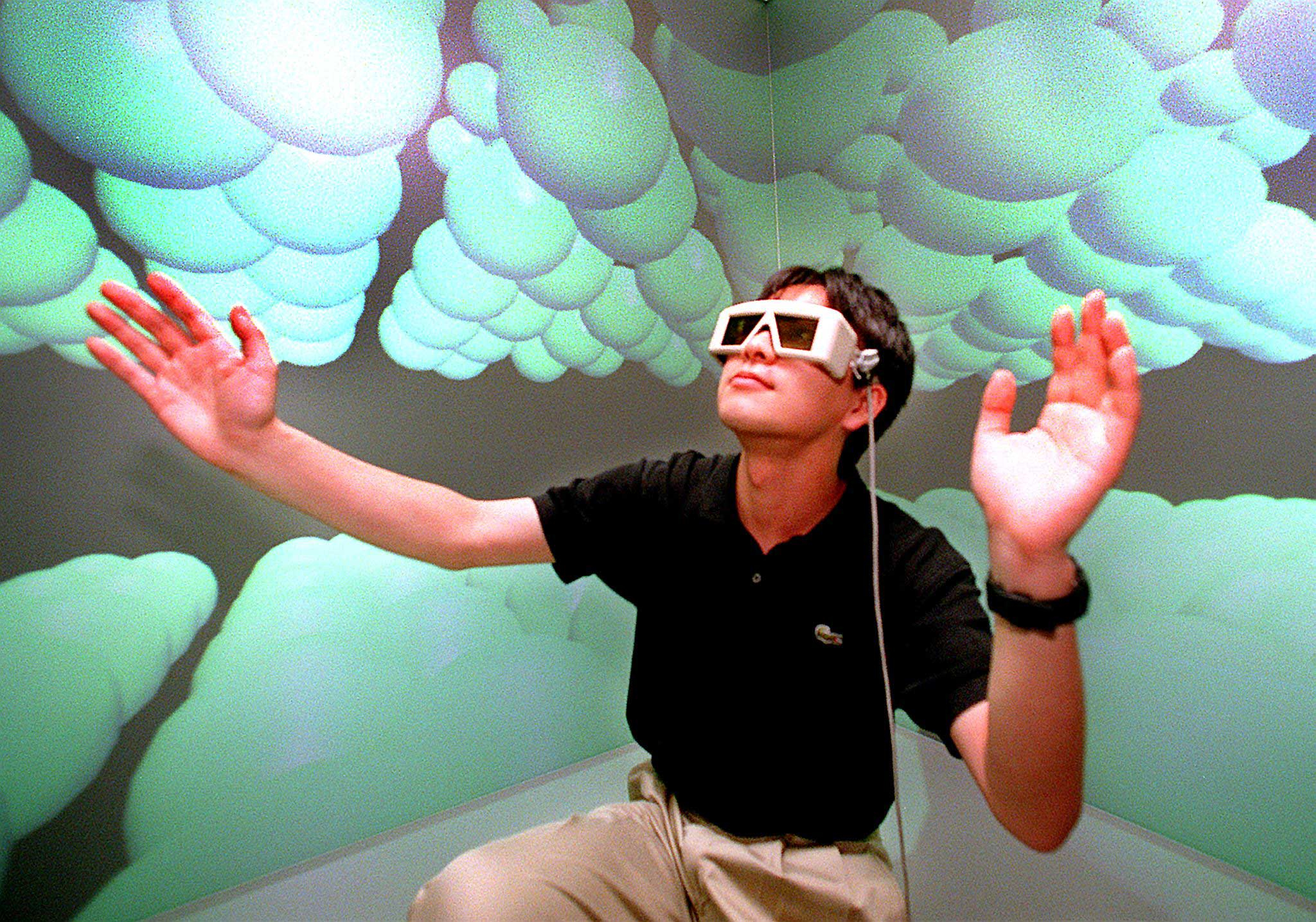
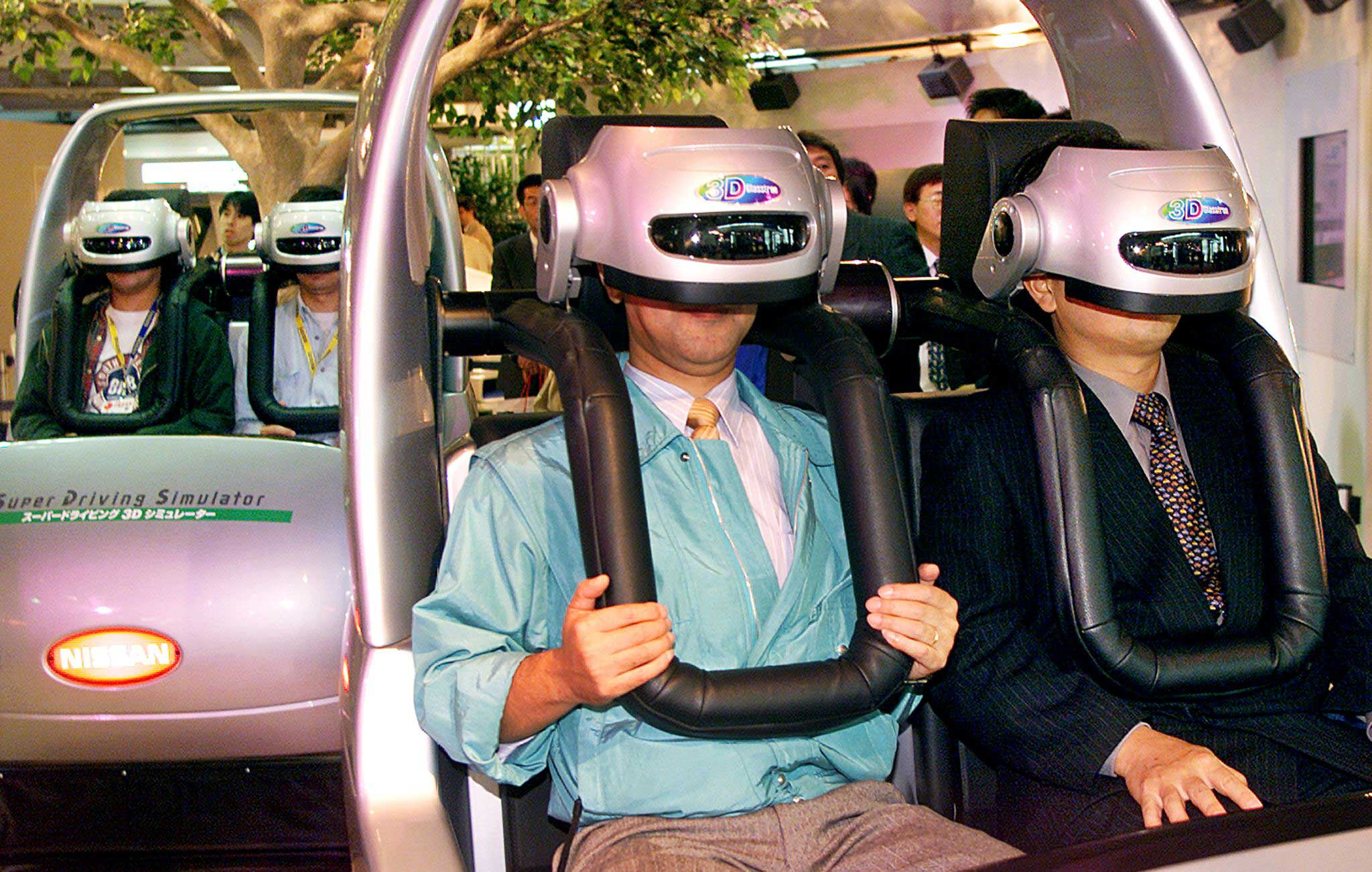
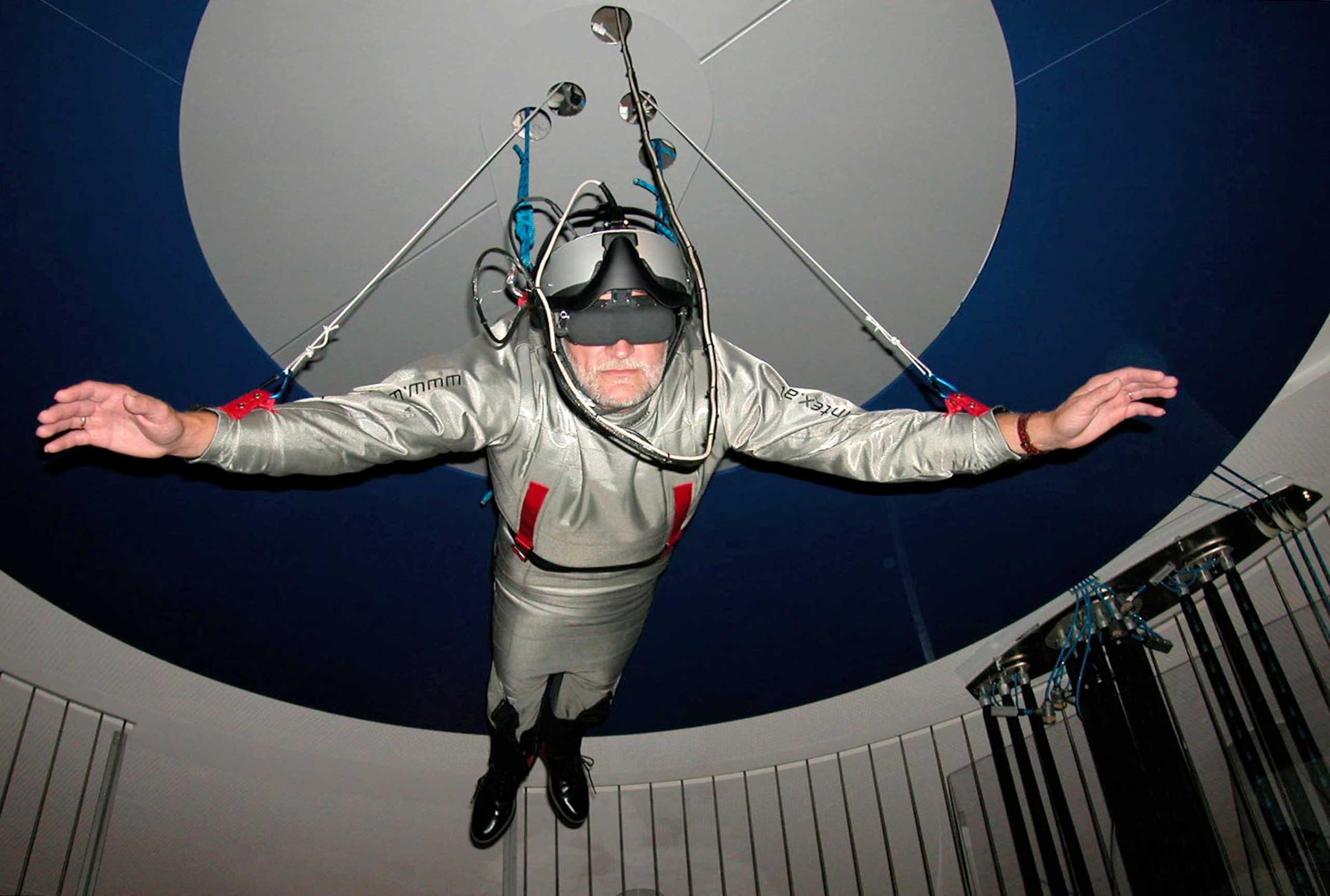
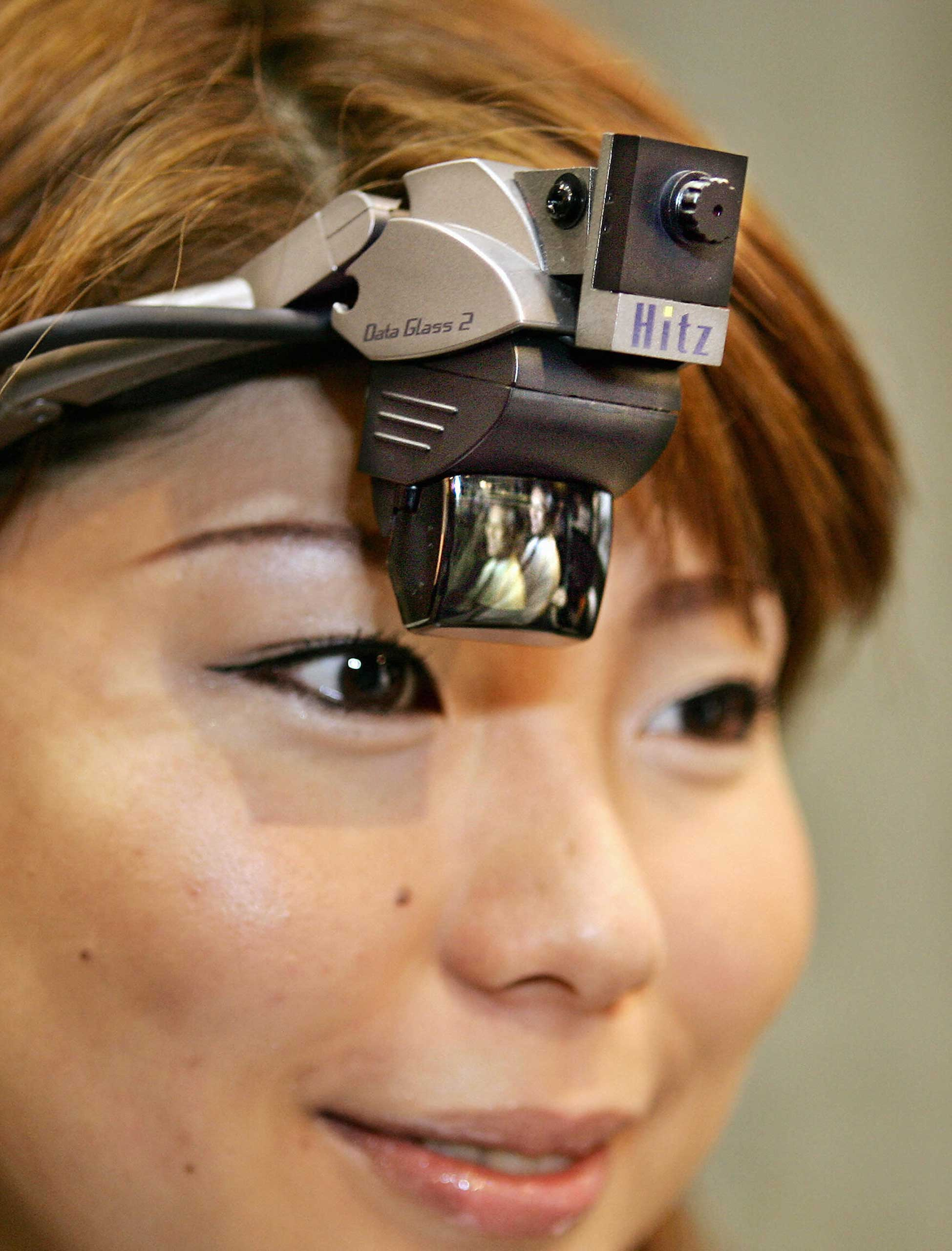
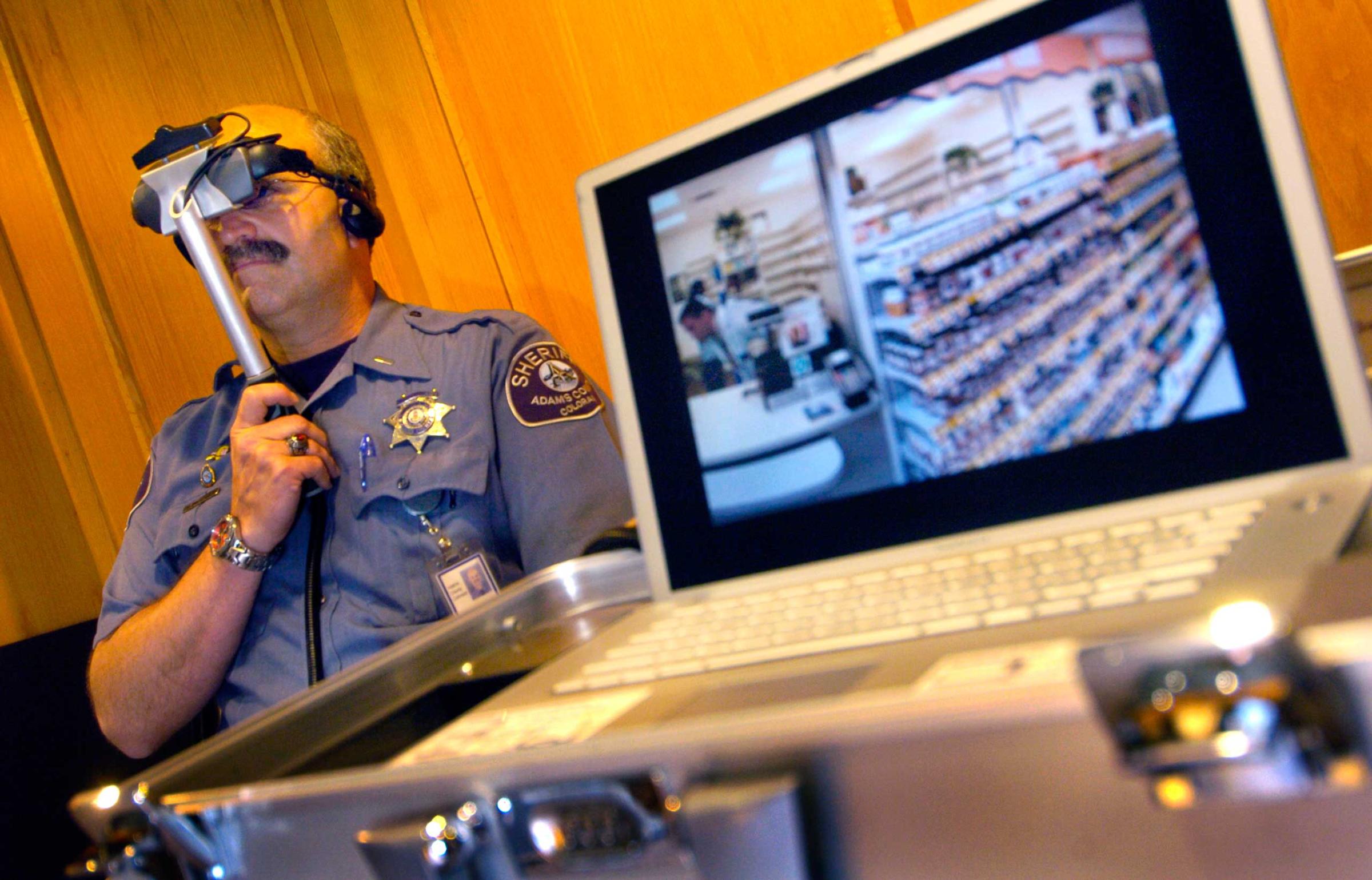
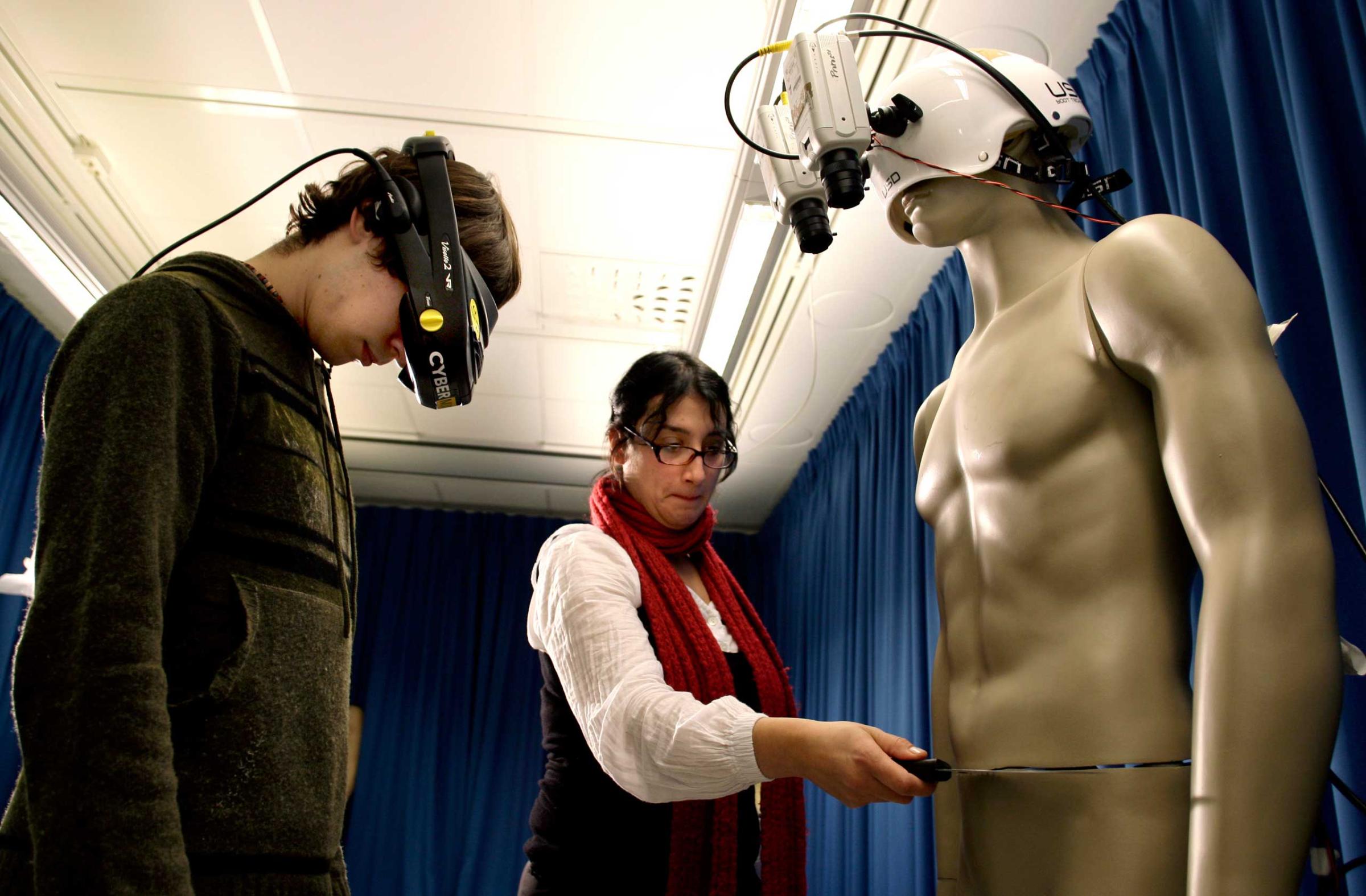
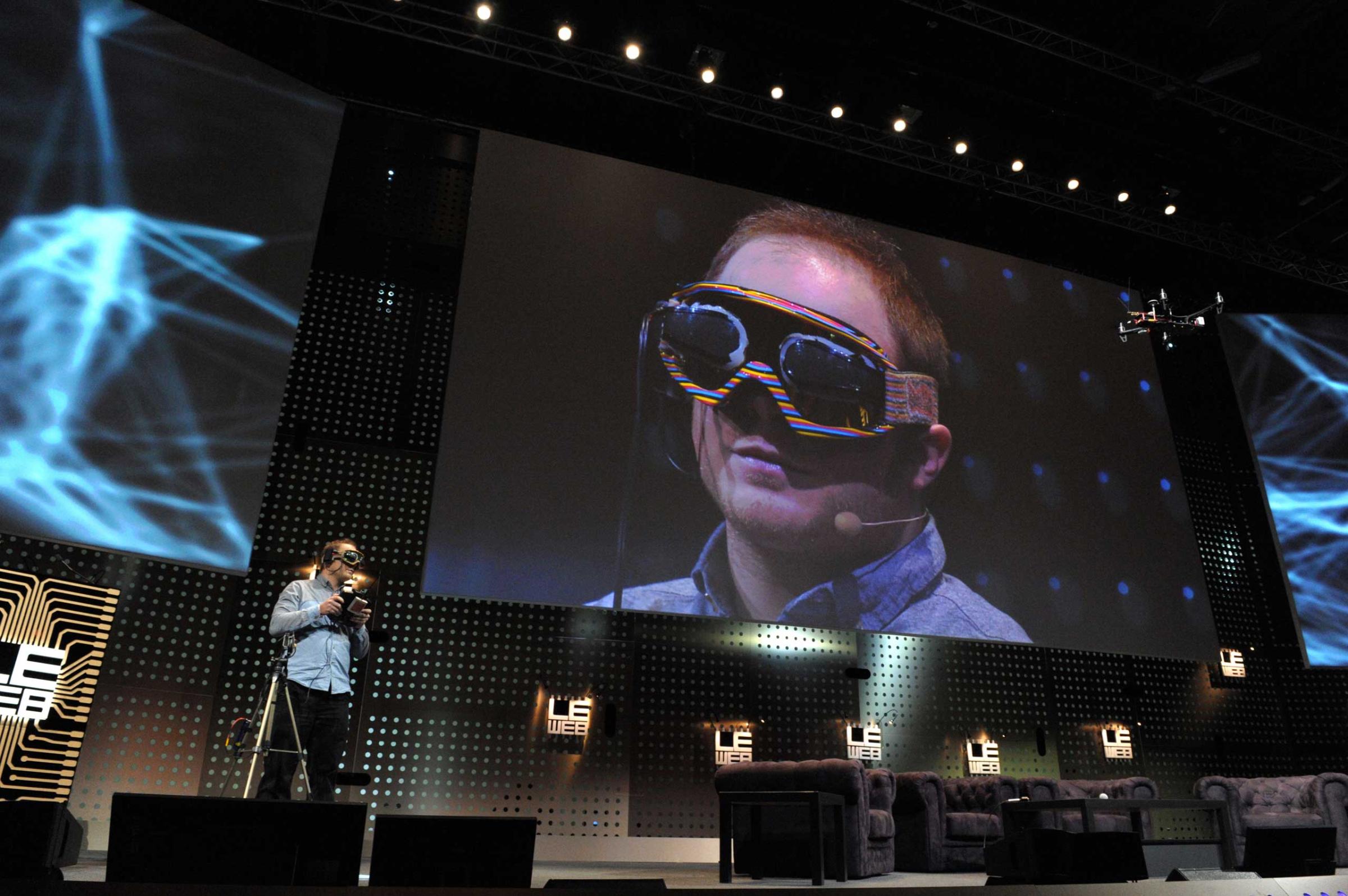
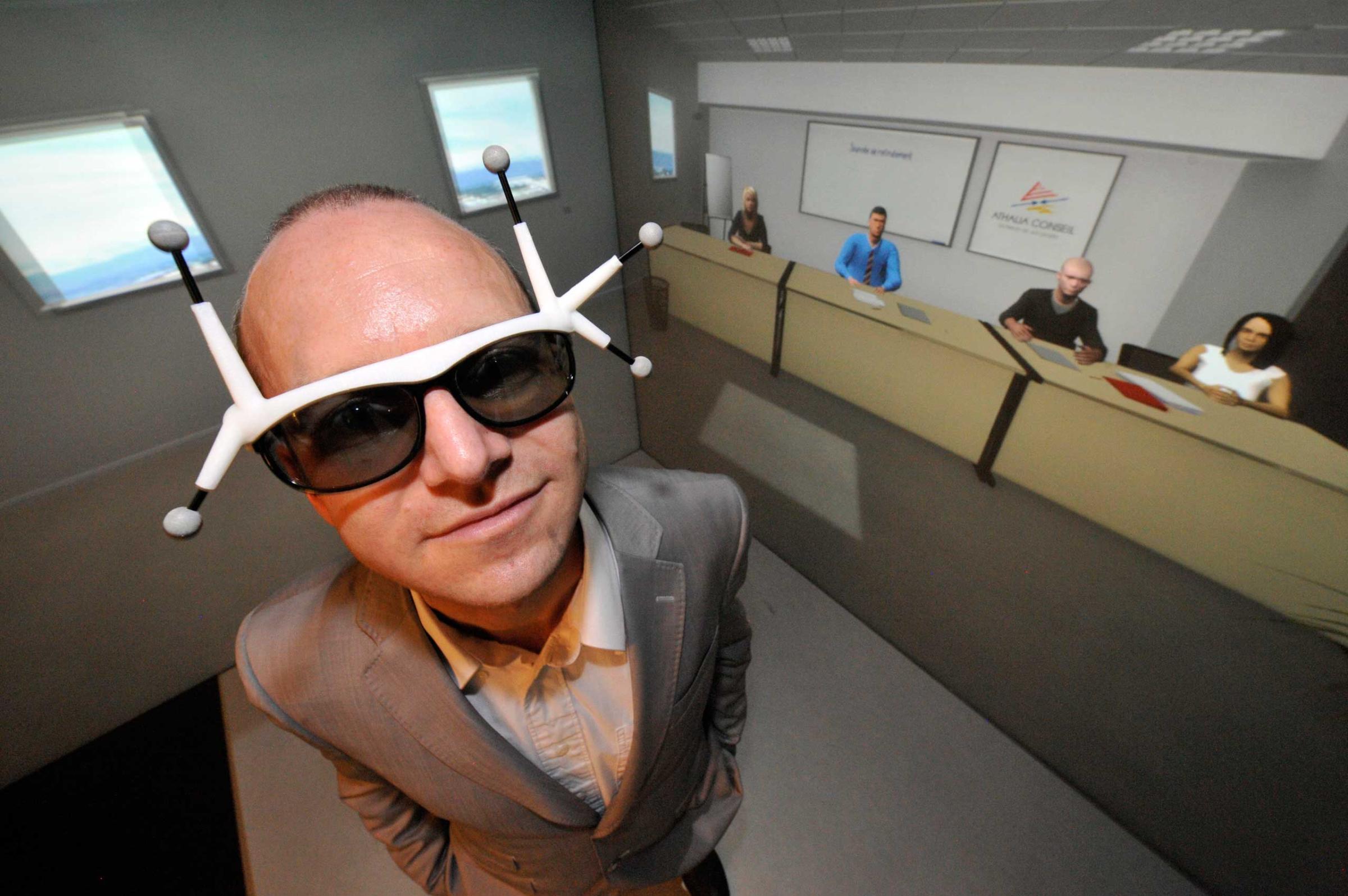
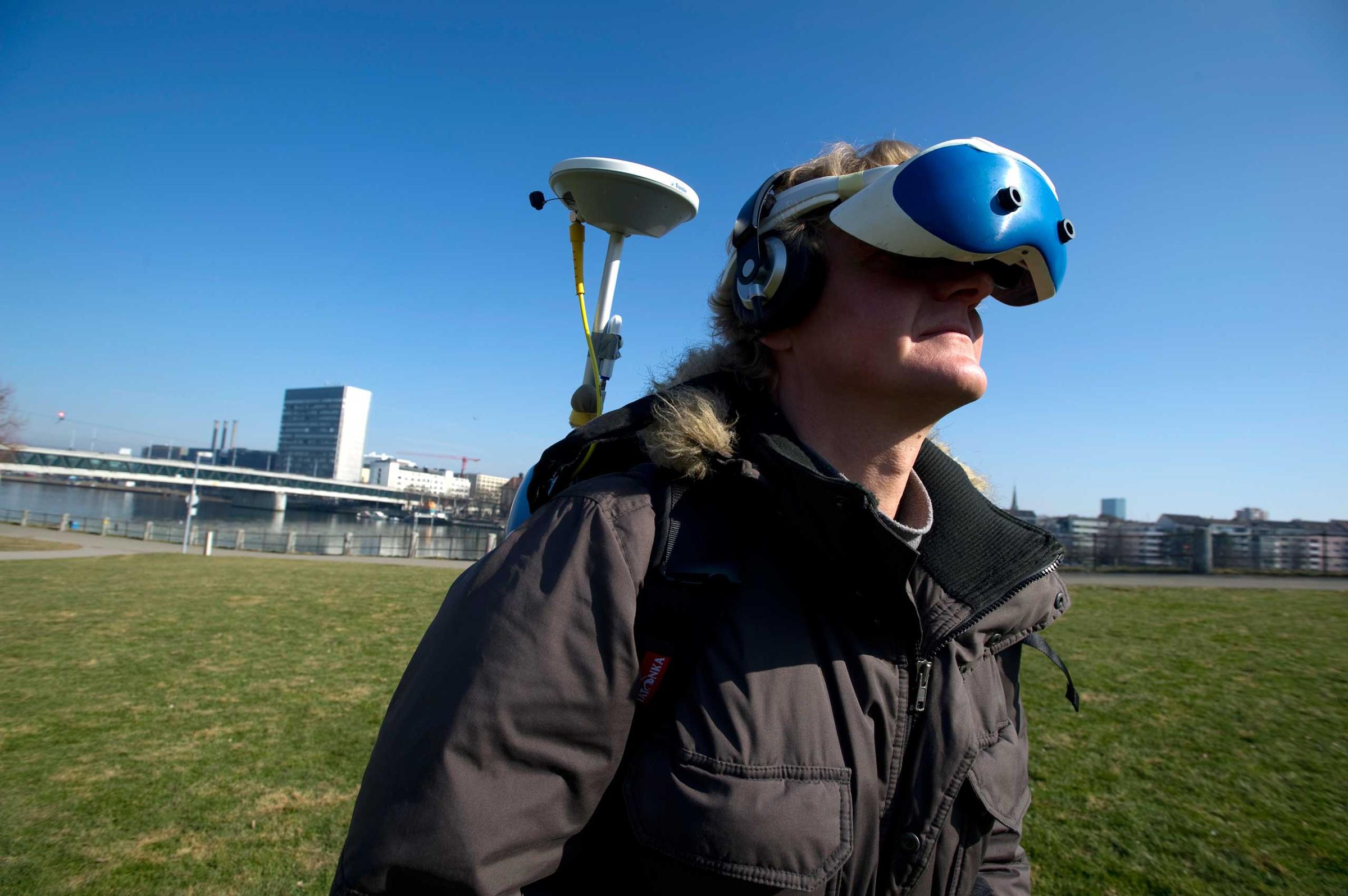

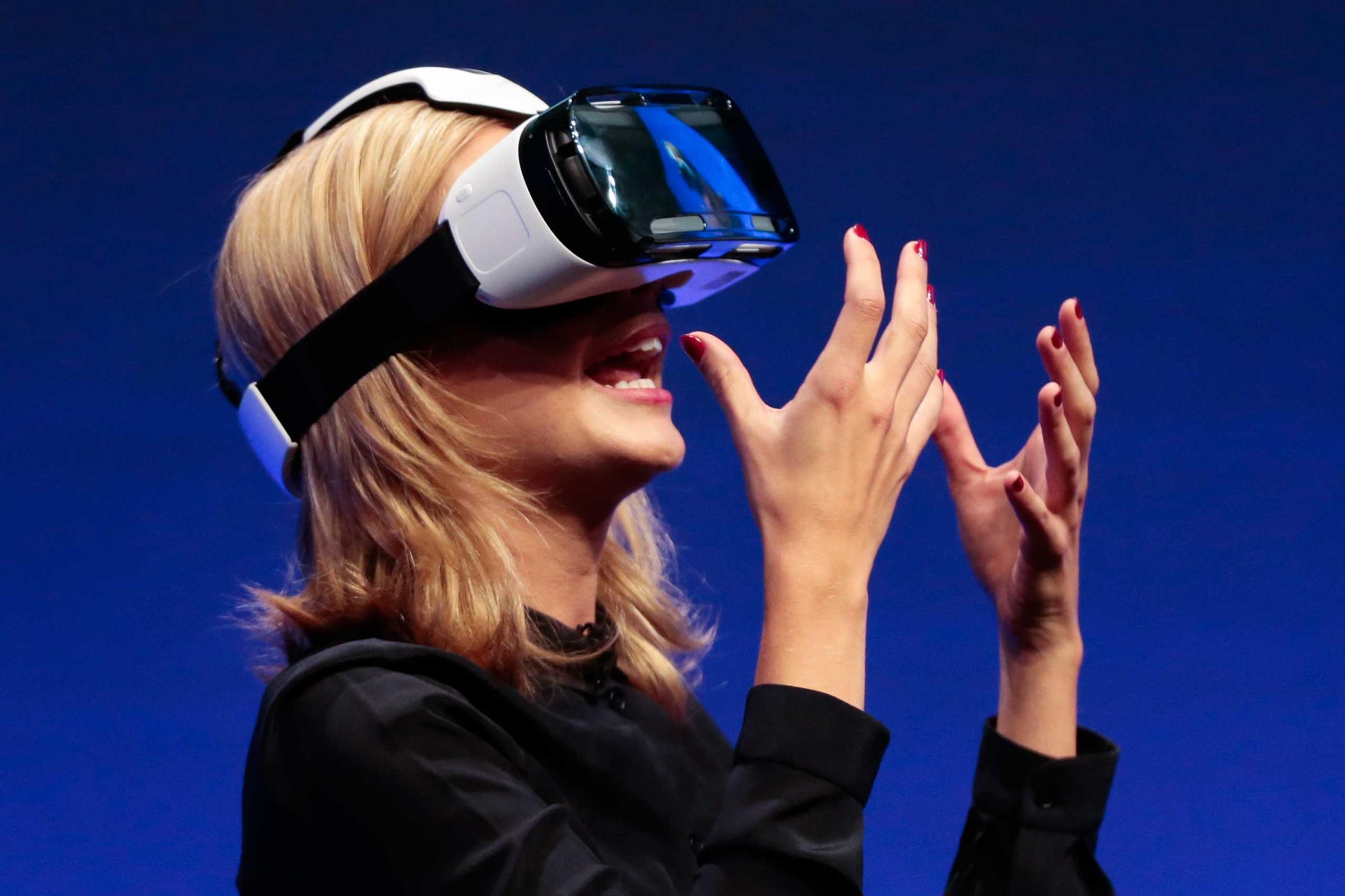

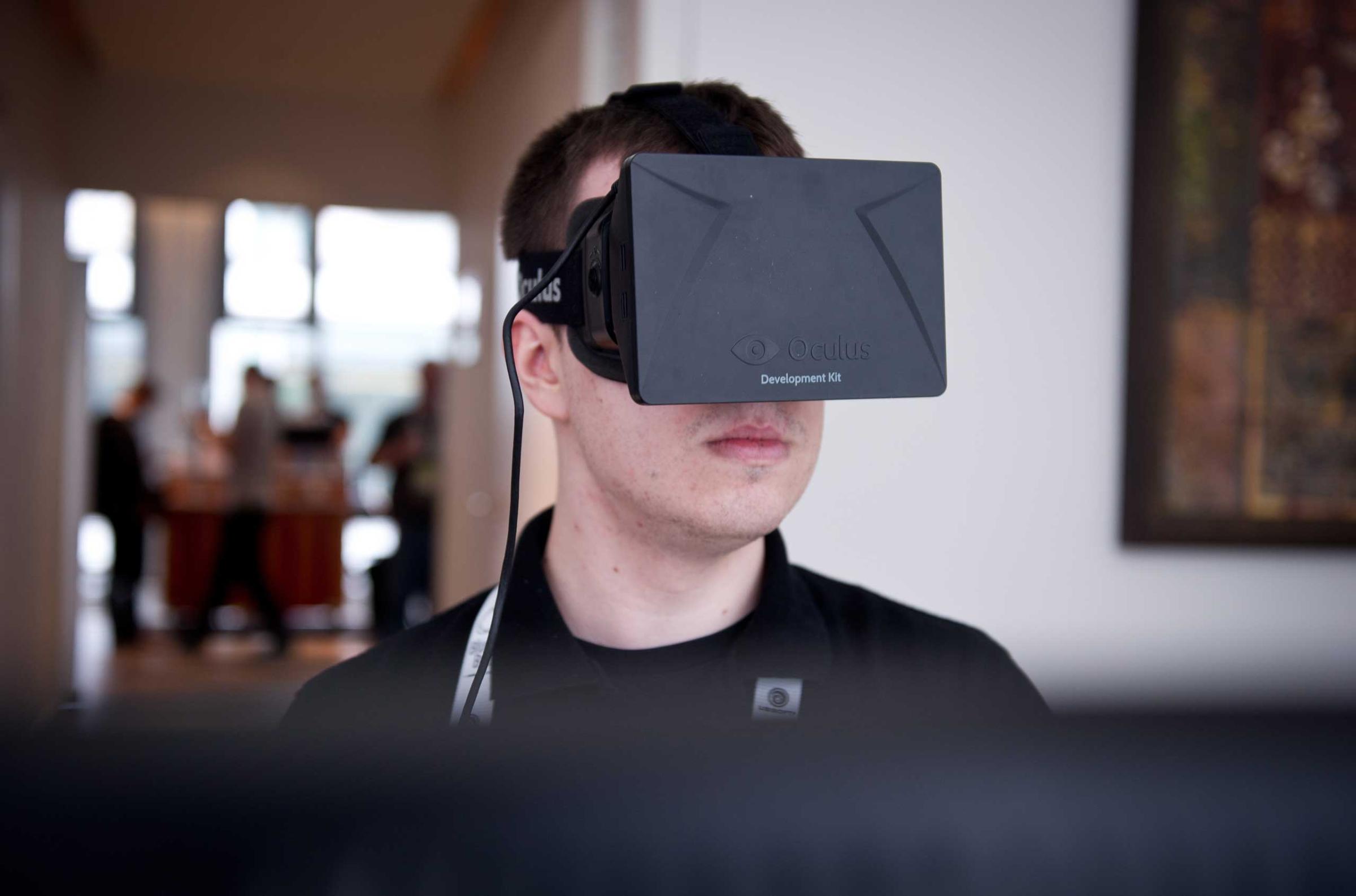
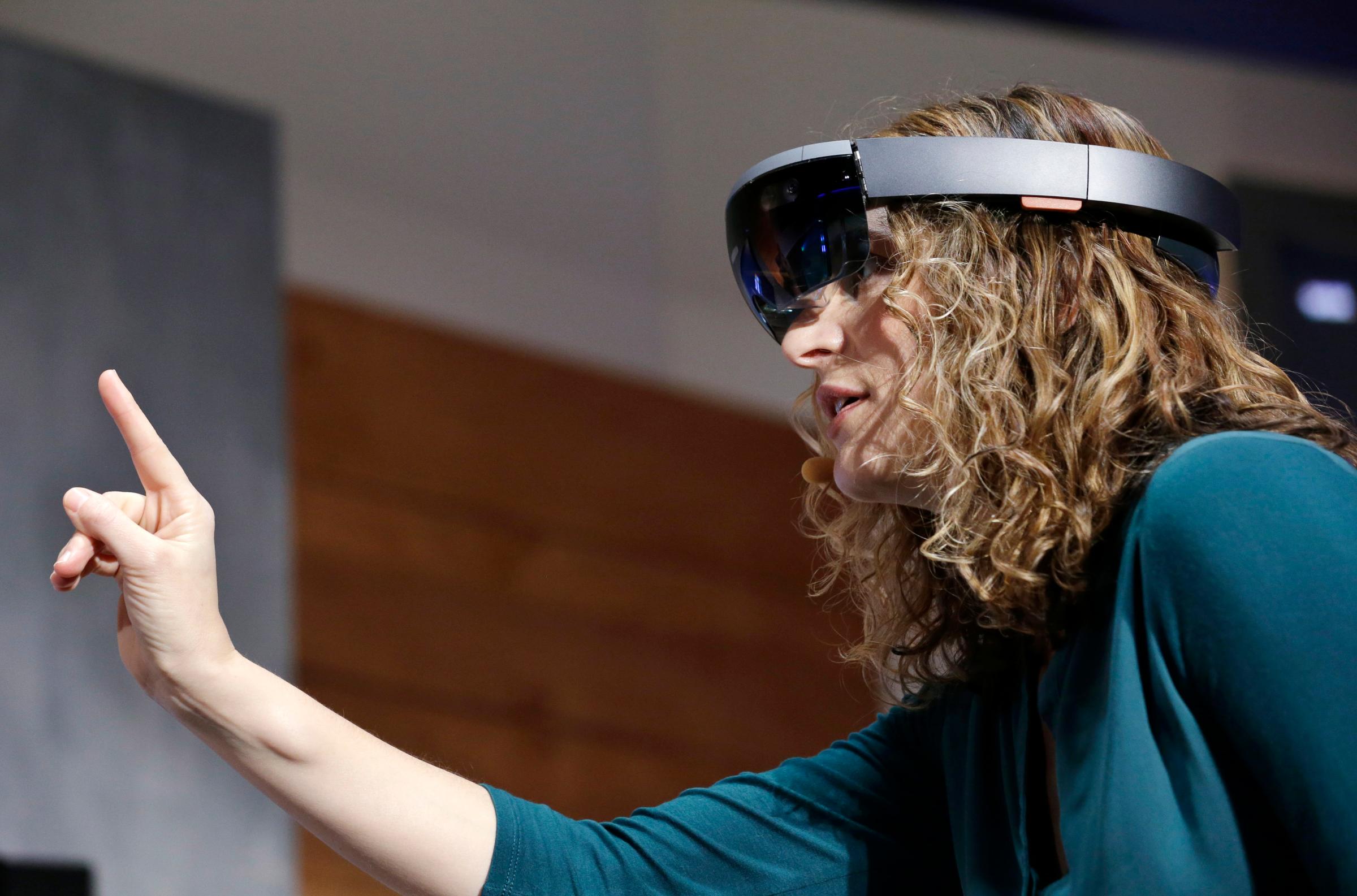
More Must-Reads from TIME
- How Donald Trump Won
- The Best Inventions of 2024
- Why Sleep Is the Key to Living Longer
- Robert Zemeckis Just Wants to Move You
- How to Break 8 Toxic Communication Habits
- Nicola Coughlan Bet on Herself—And Won
- Why Vinegar Is So Good for You
- Meet TIME's Newest Class of Next Generation Leaders
Contact us at letters@time.com